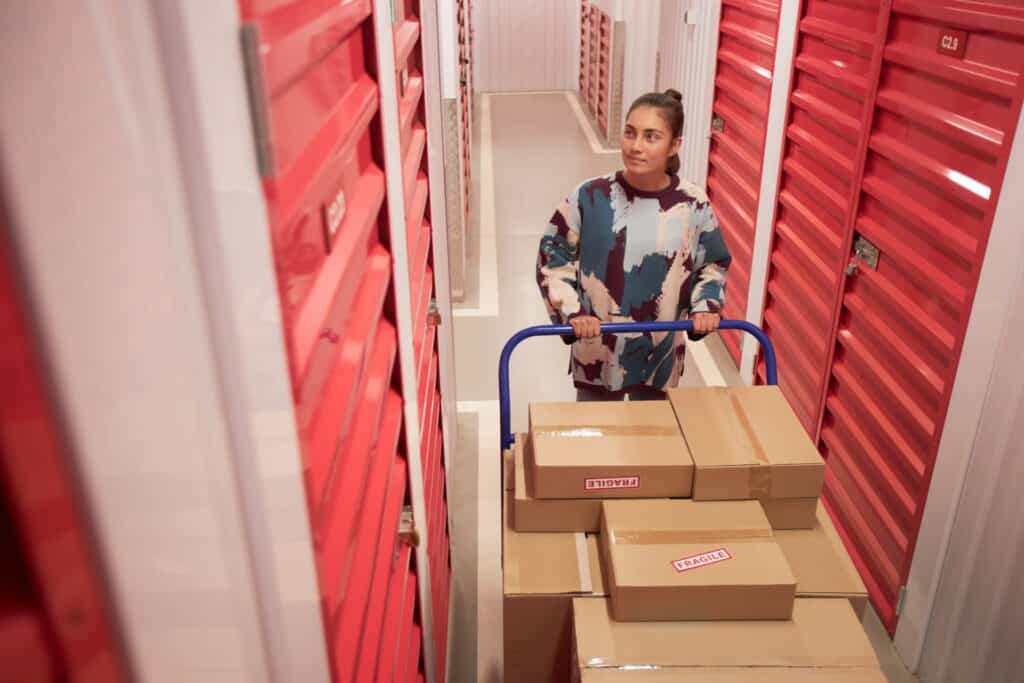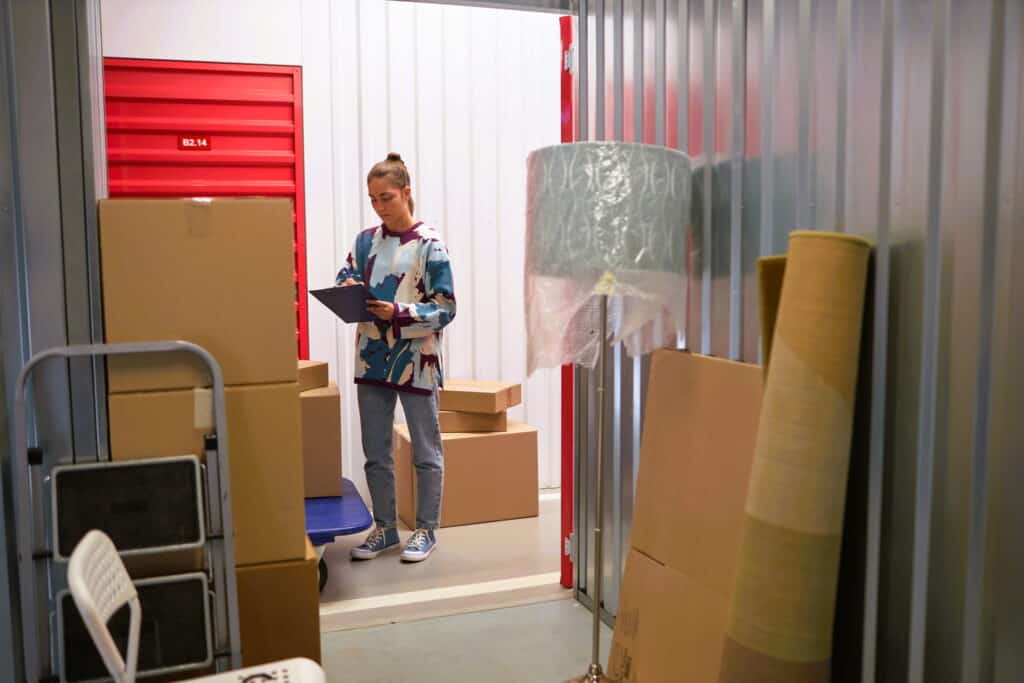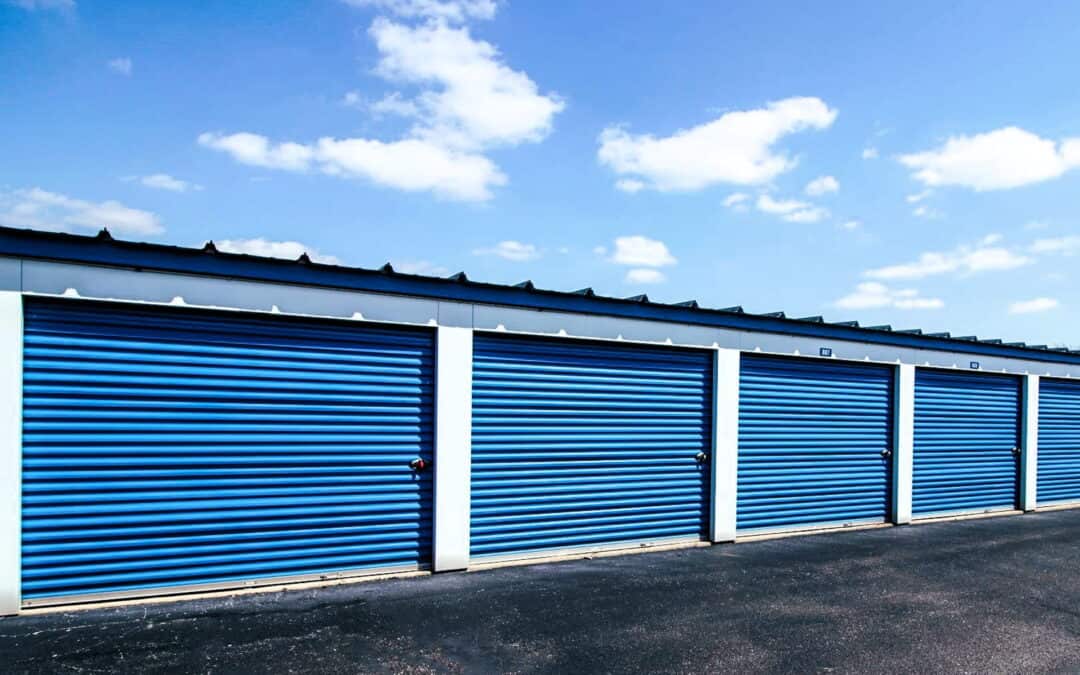Storage units provide a dependable way to keep possessions safe when space becomes scarce at home or in a business setting. Selecting the correct size prevents unnecessary expenses on excessive room or the hassle of squeezing too many belongings into a confined area. Storage units in Slidell has dimensions that range from compact lockers to spacious units capable of holding a household’s full contents. Knowing how much space different items require ensures a well-informed choice.
Determining the Ideal Storage Unit Size for Different Needs
Many people underestimate how much storage they require, leading to overcrowded spaces or wasted capacity. A frequent situation involves a homeowner moving from a house to a smaller apartment. They expect their furniture and boxes to fit into a mid-sized unit, only to realize their bulky items demand additional space. Measuring large belongings ahead of time and comparing unit sizes to familiar spaces eliminates last-minute issues.
- Small units accommodate compact furniture, seasonal decorations, and essential household items.
- Medium units hold multiple furniture pieces, appliances, and excess business inventory.
- Large units store entire households, extensive office equipment, or vehicles.
Compact Storage Units for Essential Belongings
Smaller storage spaces, like 5×5 or 5×10 units, work well for individuals with minimal storage needs. A 5×5 unit holds several stacked boxes, sports equipment, or holiday decorations. The slightly roomier 5×10 unit can fit a twin mattress set, chairs, and a dresser.
- Convenient for students storing belongings between academic terms.
- Useful for homeowners organizing their closets or attic spaces.
- Ideal for securing seasonal decorations and lightweight furniture.
Mid-Sized Storage Units for Home Furnishings
A 10×10 or 10×15 storage unit is a practical option for those transitioning between homes, renovating, or needing business storage. A 10×10 unit fits the contents of a single-bedroom apartment, including sofas, beds, and kitchen appliances. A slightly larger 10×15 unit accommodates items from a two-bedroom residence.
- Suitable for storing furniture and household goods during moves.
- Useful for businesses needing additional space for office equipment or inventory.
- Allows for stacking and organization while keeping items accessible.

Expansive Storage Units for Home and Business Use
A 10×20 or 10×30 storage unit is perfect for those requiring significant storage space. A 10×20 unit fits the contents of a multi-bedroom home, including major appliances, furniture, and multiple boxes. The largest units, such as 10×30, provide ample room for storing vehicles, commercial equipment, or extensive household items.
- Accommodates entire household furnishings, large appliances, and industrial tools.
- Ideal for businesses requiring bulk storage for merchandise and supplies.
- Capable of housing vehicles, boats, or trailers in designated facilities.
Assessing Storage Unit Space Requirements
A straightforward way to estimate a storage unit’s capacity is by comparing it to familiar spaces. A 5×5 unit mirrors a small walk-in closet, while a 10×10 resembles an average bedroom. Larger units, such as 10×20, provide as much space as a single-car garage. Using a measuring tape and strategic stacking methods maximizes efficiency.
- A 5×5 unit stores up to 50 neatly packed boxes.
- A 10×10 unit accommodates a fully furnished one-bedroom home.
- A 10×20 unit holds a multi-bedroom home’s belongings with extra space.
Finding Storage Units in Slidell That Match Your Requirements
Exploring available storage facilities ensures the best choice for specific needs. Comparing factors such as security measures, climate control, and accessibility improves the overall experience. Visiting facilities and inquiring about rental costs, contract terms, and insurance coverage helps prevent unexpected expenses.
- Climate-controlled units protect delicate possessions from extreme temperatures and moisture.
- 24-hour accessibility offers convenience for those who require frequent visits.
- Security enhancements like gated entry, surveillance cameras, and on-site personnel provide peace of mind.

Essential Insights for Choosing the Right Storage Unit Size
Selecting an appropriate storage unit depends on understanding how much space different belongings require while considering factors such as convenience, price, and protection. Compact units serve minor storage needs, mid-sized options accommodate apartment-sized moves, and large units cater to full household storage or business inventory.
- Measure large items and compare their dimensions to unit sizes before committing.
- Utilize stacking and shelving methods to optimize storage potential.
- Research nearby storage locations for security, accessibility, and climate control features.
Frequently Asked Questions
Which storage unit size is most commonly rented?
A 10×10 storage unit is a widely chosen option since it comfortably fits the contents of a single-bedroom apartment, making it practical for many renters and homeowners.
How much storage space does a one-bedroom apartment require?
A 10×10 unit generally provides sufficient space, though a 10×15 may be more suitable if large furniture, appliances, or extra household items need storing.
Can a car fit inside a storage unit?
Yes, most cars require at least a 10×20 unit, while larger trucks or SUVs might need a 10×30 space. Some facilities also offer designated outdoor vehicle storage.
Are climate-controlled storage units beneficial?
For those storing electronics, wooden furniture, artwork, or valuable heirlooms, climate-controlled units help prevent warping, mold growth, and other damage caused by fluctuating temperatures and humidity.
What’s the most effective way to arrange a storage unit?
Placing heavy items at the bottom, incorporating shelving units, and positioning frequently needed items near the entrance improves accessibility and maximizes space utilization.







